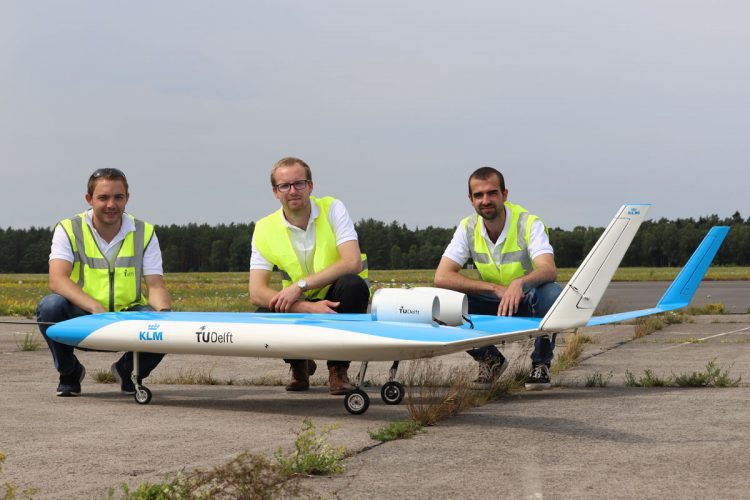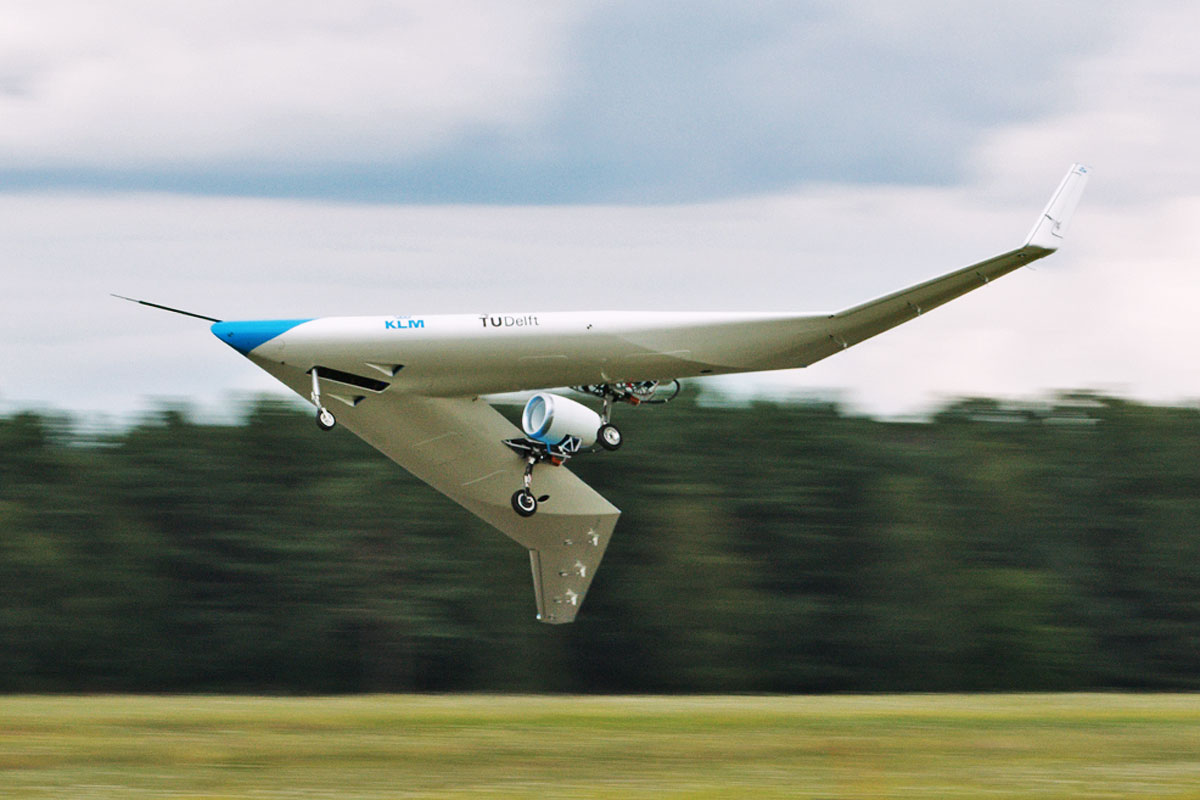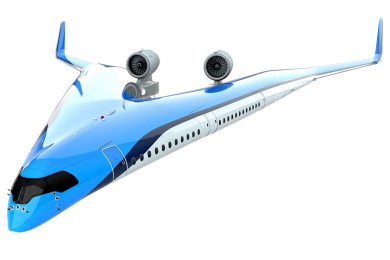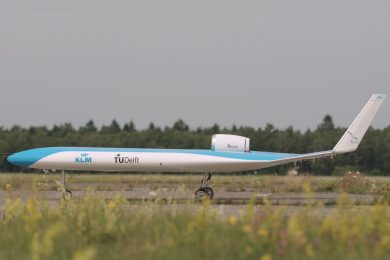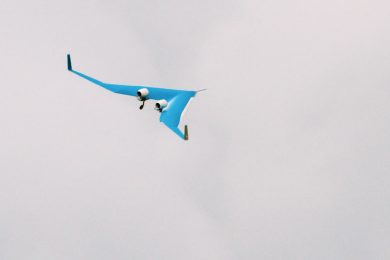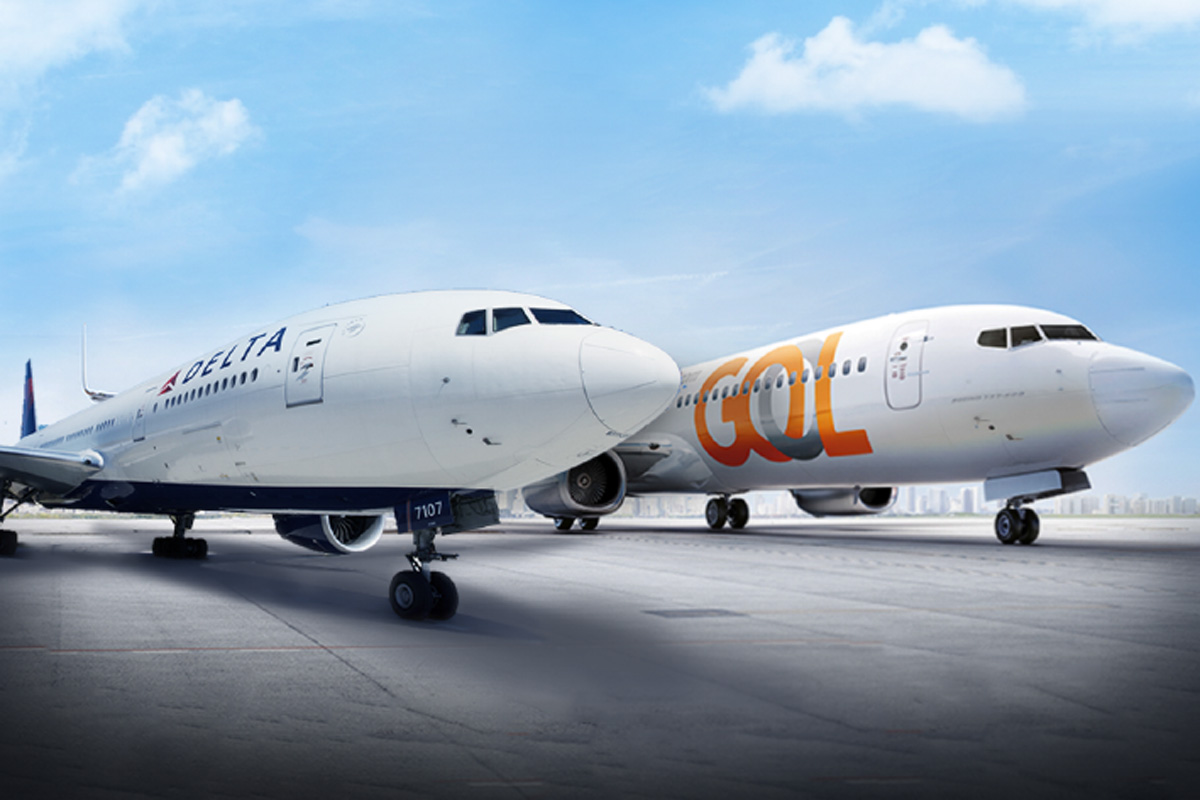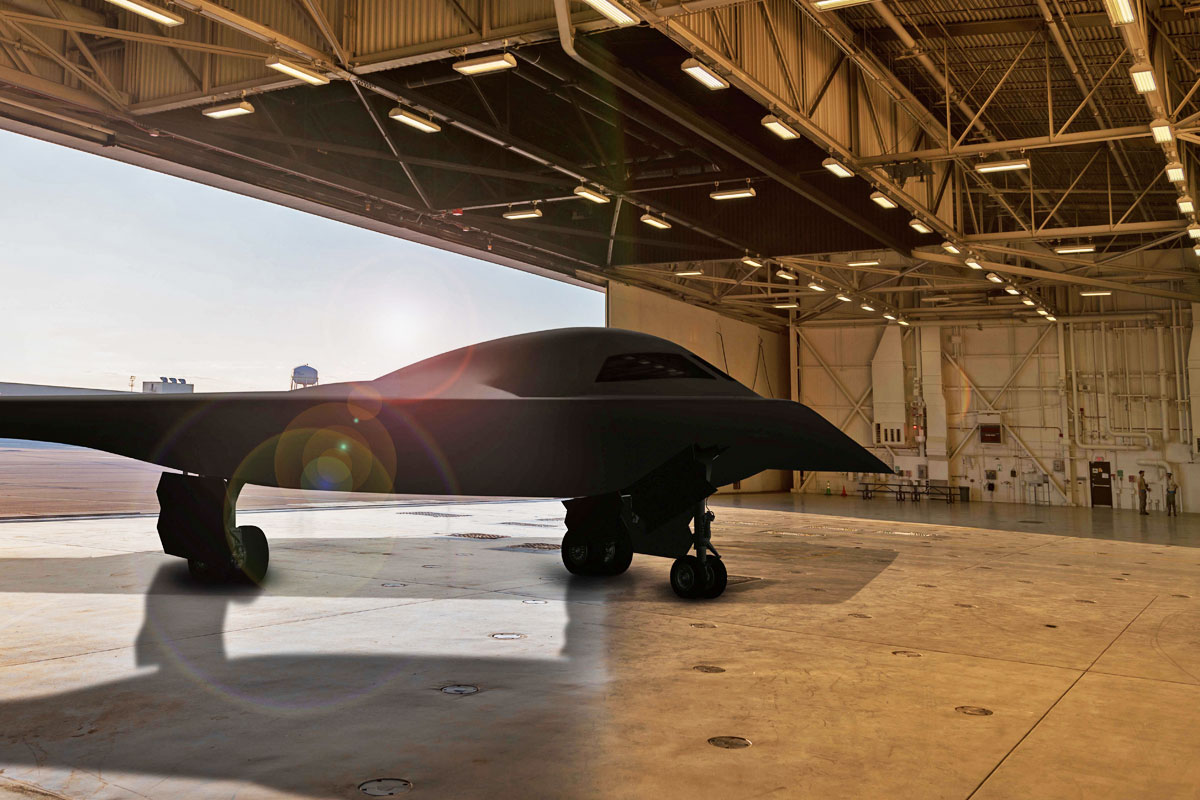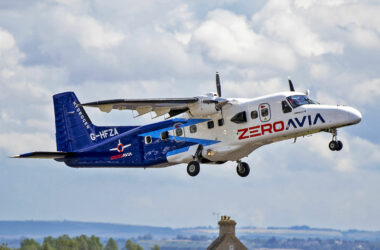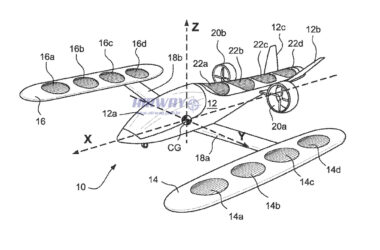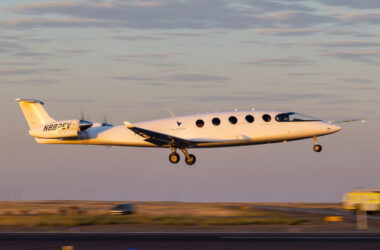Project conceived by the Delf University of Technology (TU-Delft) and the carrier KLM, the Flying-V aircraft flew for the first time in August. In fact, it was a remote-controlled scale model that has a wingspan of just over 3 meters.
The aircraft concept, which resembles a V-shaped flying wing, promises to offer a flight efficiency far superior to the current configuration of circular fuselage, wings and control surfaces.
According to TU-Delft, the scale model weighs 22.5 kg and is made of composite material. Two 4 kW electric ‘Ducted fan’ motors are used to power the plane. The design of the passenger aircraft foresees dimensions similar to those of an A350, but with 20% greater efficiency. It is no wonder that Airbus is supported by the development program.
“We were very curious about the flight characteristics of the Flying-V. The design fits within our Fly Responsibly initiative, which stands for everything we are doing and will do to improve our sustainability. We are therefore very proud that we have been able to achieve this together in such a short period of time,” says Pieter Elbers, President and CEO of KLM.
The concept was presented by KLM a year and a half ago, during the celebrations of the 100 years of the Dutch airline, but it was previously studied by the German university.
The original idea came from student Justus Benad during his thesis in the Hamburg division of Airbus and who imagined a wing structure capable of accommodating the passenger cabin, cargo hold and fuel tanks. According to TU-Deft, the ‘Flying-V’ will be able to use the same current airport infrastructure and carry up to 314 passengers and 160 m³ of cargo.

“The Flying-V is smaller than the A350 and has less inflow surface area compared to the available amount of volume. The result is less resistance. That means the Flying-V needs less fuel for the same distance,” explained Dr. Roelof Vos, project leader at TU Delft.
With the data collected from the first flight, the project team will make an aerodynamic model that will serve to improve the scale model aircraft. Proof of Flying-V’s efficiency estimates is crucial for the project to receive more funding and one day it can become a reality.
